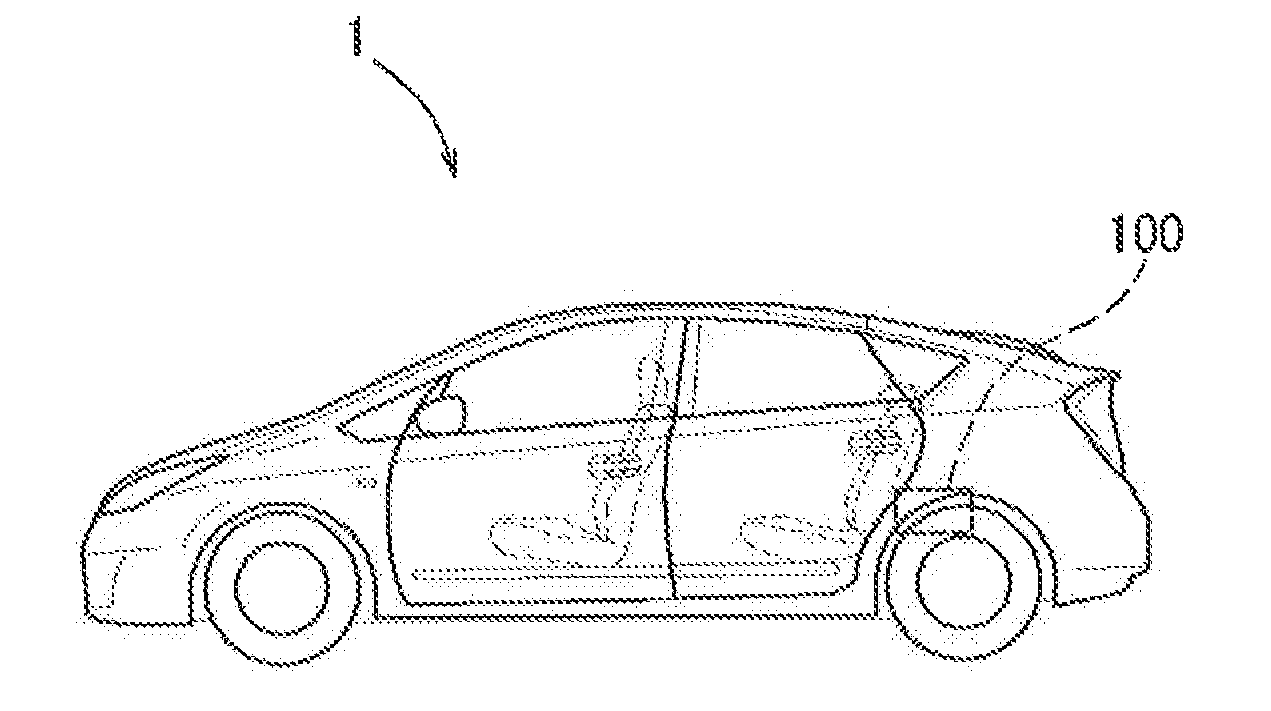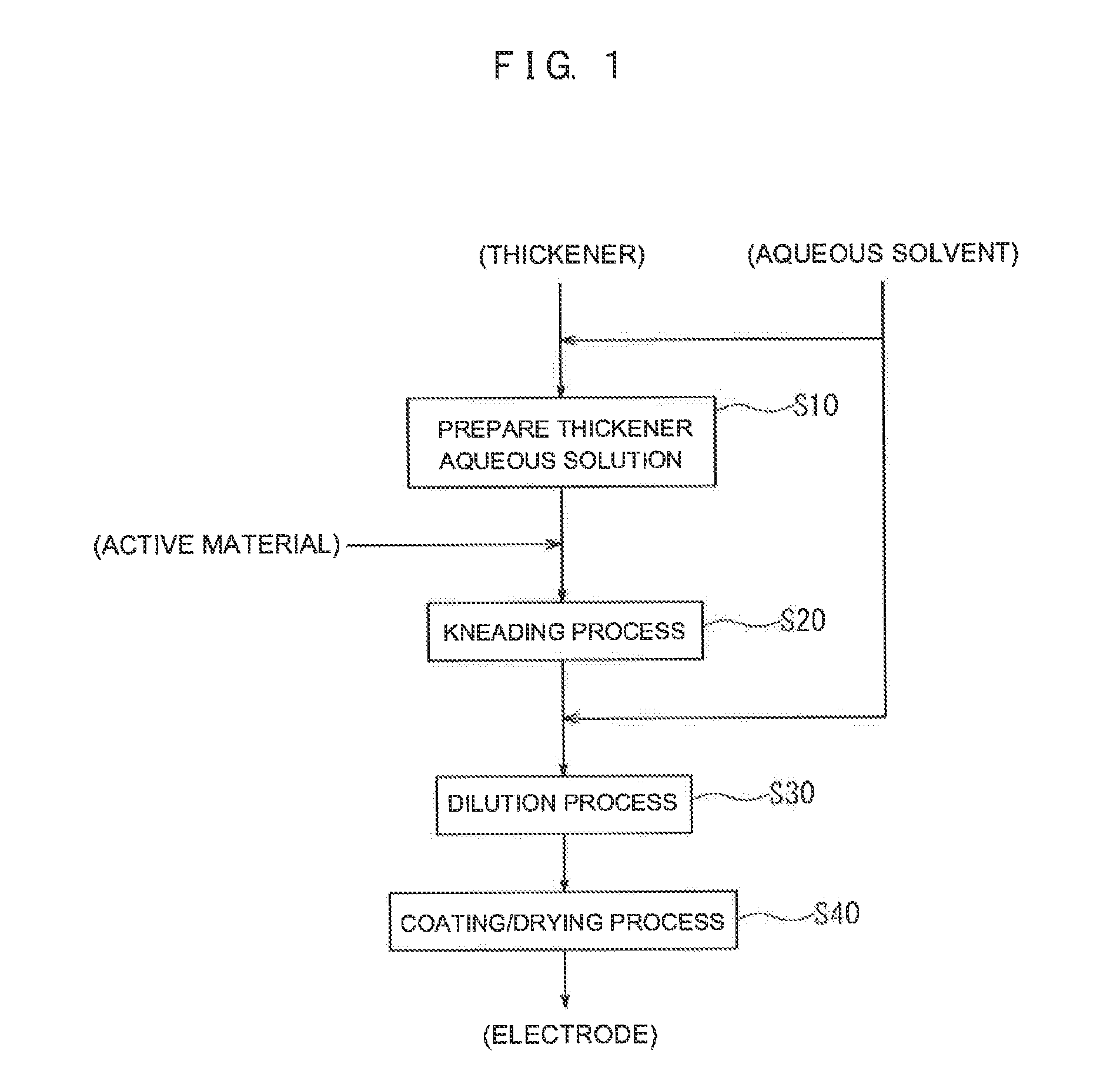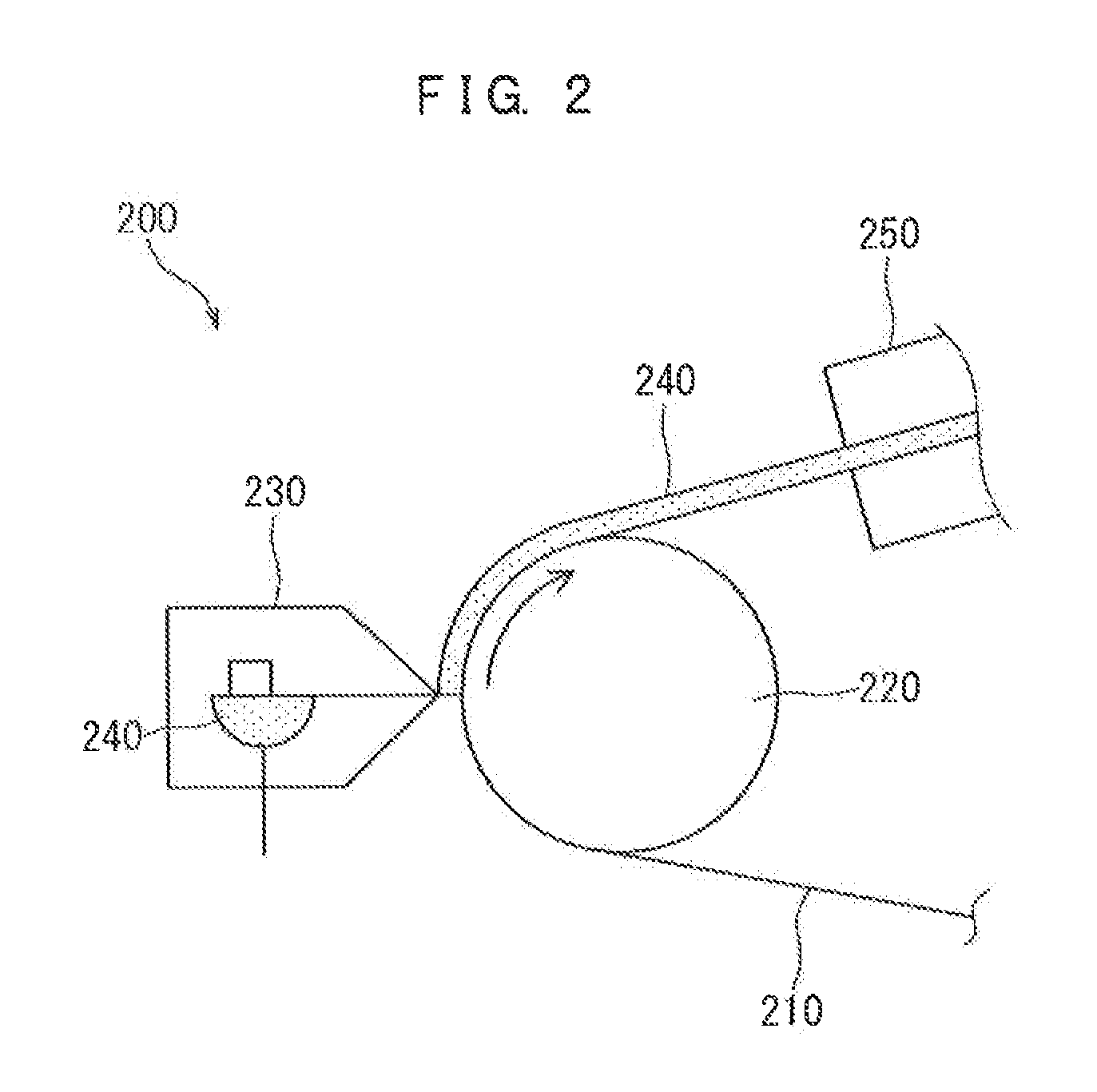Battery manufacturing method (as amended)
a manufacturing method and battery technology, applied in the field of battery manufacturing methods, can solve the problems of difficult control of paste viscosity, coating of current collectors with paste, and high cost, and achieve superior quality stability and adhesiveness, superior battery characteristics, and superior quality stability.
- Summary
- Abstract
- Description
- Claims
- Application Information
AI Technical Summary
Benefits of technology
Problems solved by technology
Method used
Image
Examples
example 1
[0072](Preparation of Thickener Aqueous Solution)
[0073]The thickener aqueous solution was prepared by introducing CMC powder and water into a commercially available powder absorbing and dissolving device (Damanizer, manufactured by Izumi Food Machinery Co. Ltd.) and dispersing and mixing the CMC powder through the water for thirty minutes at a circulation flow rate of 3000 L / h and a stirring speed of 100 rpm. The thickener aqueous solution was then passed through a folding filter to remove insoluble matter of 100 μm or more. A thickener concentration (a mass percentage concentration) of the thickener aqueous solution was regulated to 1.46%.
[0074](Manufacture of Negative Electrode Active Material Layer Forming Paste)
[0075]The thickener aqueous solution and carbon powder were introduced into a commercially available stirrer / kneader (Elvis Disper Mix, manufactured by Primix Corp.) and stiff-kneaded for 0.5 hours at a rotation speed of 50 rpm (kneading process). Next, water was introduc...
example 2
[0089]A negative electrode active material layer forming paste was manufactured in a similar manner to the example 1 apart from modifying the thickener concentration of the thickener aqueous solution to 128% and modifying the amount of water X to 71.9%.
example 3
[0090]A negative electrode active material layer forming paste was manufactured in a similar manner to the example 1 apart from modifying the thickener concentration of the thickener aqueous solution to 1.18% and modifying the amount of water X to 78.2%.
[0091]The viscosities of the resulting negative electrode active material layer forming pastes and thickener aqueous solutions according to the examples 1 to 3 were measured using an E type viscometer. Here, the viscosities were measured at a liquid temperature regulated to 25° C. and a rotor rotation speed of 1 rpm. Results are shown on Table 2 and a graph in FIG. 7.
TABLE 2Example 1Example 2Example 3Amount of water [%]63.271.978.2Paste viscosity [mPa · s]2500587513935.5Concentration of thickener1.461.281.18aqueous solution [%]Viscosity of thickener aqueous1500050002000solution [mPa · s]
[0092]As is evident from Table 2 and FIG. 7, in the example 3, in which the amount of water X was 782%, the paste viscosity was at least 10000 mPa·s,...
PUM
| Property | Measurement | Unit |
|---|---|---|
| viscosity | aaaaa | aaaaa |
| viscosity | aaaaa | aaaaa |
| viscosity | aaaaa | aaaaa |
Abstract
Description
Claims
Application Information
 Login to View More
Login to View More - R&D
- Intellectual Property
- Life Sciences
- Materials
- Tech Scout
- Unparalleled Data Quality
- Higher Quality Content
- 60% Fewer Hallucinations
Browse by: Latest US Patents, China's latest patents, Technical Efficacy Thesaurus, Application Domain, Technology Topic, Popular Technical Reports.
© 2025 PatSnap. All rights reserved.Legal|Privacy policy|Modern Slavery Act Transparency Statement|Sitemap|About US| Contact US: help@patsnap.com



